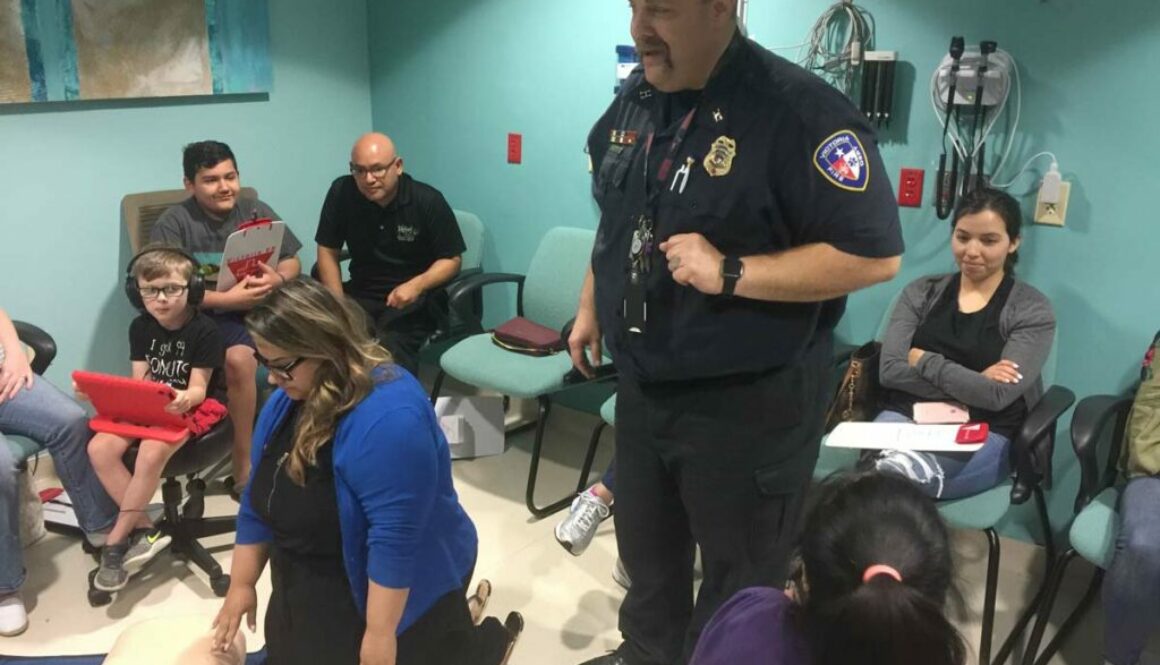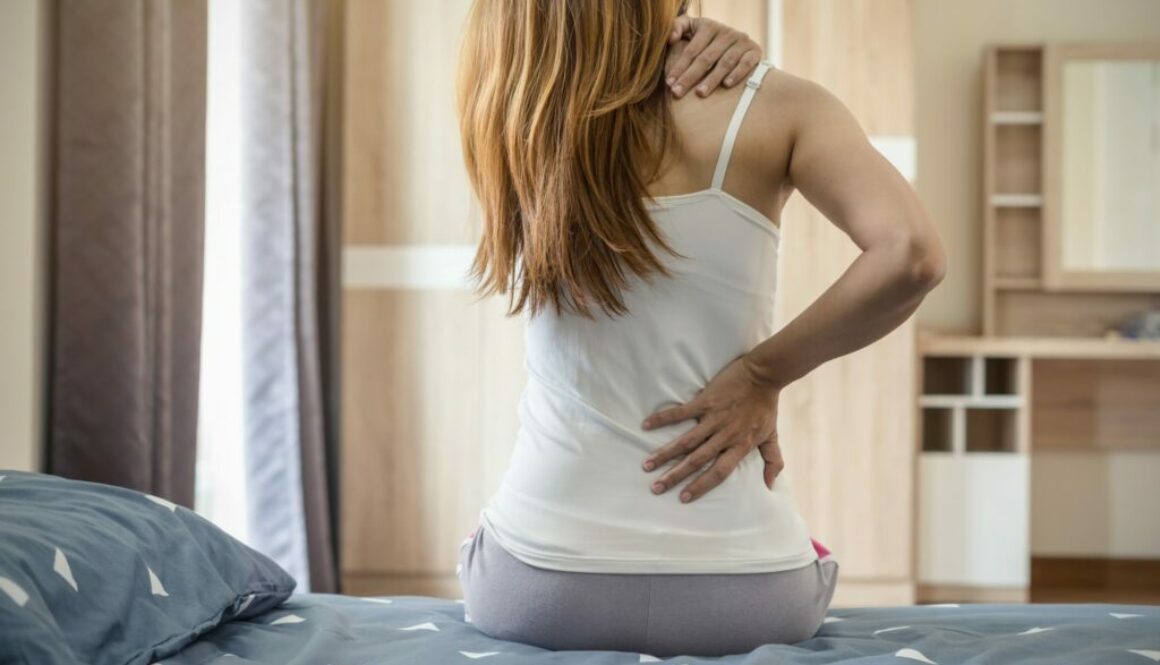When Should You Visit An ER
When should you go to the ER? At Victoria ER 24 Hour Emergency Center, your emergency is our priority. Learn about the 5 most common emergency symptoms for an ER visit.
Lacerations & Wounds
When uncertain about how serious your injury may be, Victoria ER 24 Hour Emergency Center believes it is best to seek immediate emergency care. Lacerations can require sutures depending on the severity of the wound or could require a tetanus shot if the injury resulted from a human or animal bite.
Back Pain
People are frequently visiting the ER due to back pain. Although some back pain will be relieved with rest, unrelenting pain accompanied with fever, numbness, or weakness would require emergency care for an underlying medical condition.
Headaches & Migraines
Headaches are common reasons to visit an emergency room. Migraines are usually presented with symptoms that are not presented with your average headache, such as fever, weakness, double vision, or confusion. The goal for ER doctors is to ensure that there is no life-threatening issue and to help reduce suffering.
Chest Pain
Although chest pain typically aligns with heart-related issues, there could be a variety of causes. Chest pain is common and can be linked to heart attacks which would require immediate intervention from an ER physician as they can be fatal.
Abdominal Pain
Abdominal pain is not normal, and is commonly seen in an ER when the pain is severe and unrelenting. Severe stomach pain accompanied with fever, vomiting, difficulty breathing, and other symptoms is an emergency and would require care from a facility like Victoria ER 24 Hour Emergency Center.
Without the wait of an over-crowded hospital emergency room, Victoria ER offers no wait times in a comfortable, inviting waiting room designed to deliver the most pleasant patient experience possible. We are prepared to handle your medical emergency 24 hours a day, 365 days a year, and no appointment is needed.














 Before the academic year begins, Ashley Furniture Homestore and over 20 local businesses and volunteers came together on July 22nd in order to support local children with the collection of 50 brand new bed sets, mattresses, bed frames, pillows, and brand new backpacks filled with necessities for the new school year. Victoria ER is proud to provide each child with a 70 piece Johnson & Johnson First-Aid Kit in order to prepare them with the supplies required for any minor first-aid emergency. After 4 years of participation in A Hope to Dream event, Victoria Emergency Room remains appreciative to the contributions made from various local businesses to give back to the 50 children who will benefit from the donations.
Before the academic year begins, Ashley Furniture Homestore and over 20 local businesses and volunteers came together on July 22nd in order to support local children with the collection of 50 brand new bed sets, mattresses, bed frames, pillows, and brand new backpacks filled with necessities for the new school year. Victoria ER is proud to provide each child with a 70 piece Johnson & Johnson First-Aid Kit in order to prepare them with the supplies required for any minor first-aid emergency. After 4 years of participation in A Hope to Dream event, Victoria Emergency Room remains appreciative to the contributions made from various local businesses to give back to the 50 children who will benefit from the donations.




 The effects of heat stroke can be avoided if the proper precautions are taken. Frequent hydration, and knowing your limits are a good place to start. If you need a rest while you’re outside, then find a cool, shady place to sit down. As long as you are attentive to your needs, the risks of heat stroke go down.
The effects of heat stroke can be avoided if the proper precautions are taken. Frequent hydration, and knowing your limits are a good place to start. If you need a rest while you’re outside, then find a cool, shady place to sit down. As long as you are attentive to your needs, the risks of heat stroke go down.